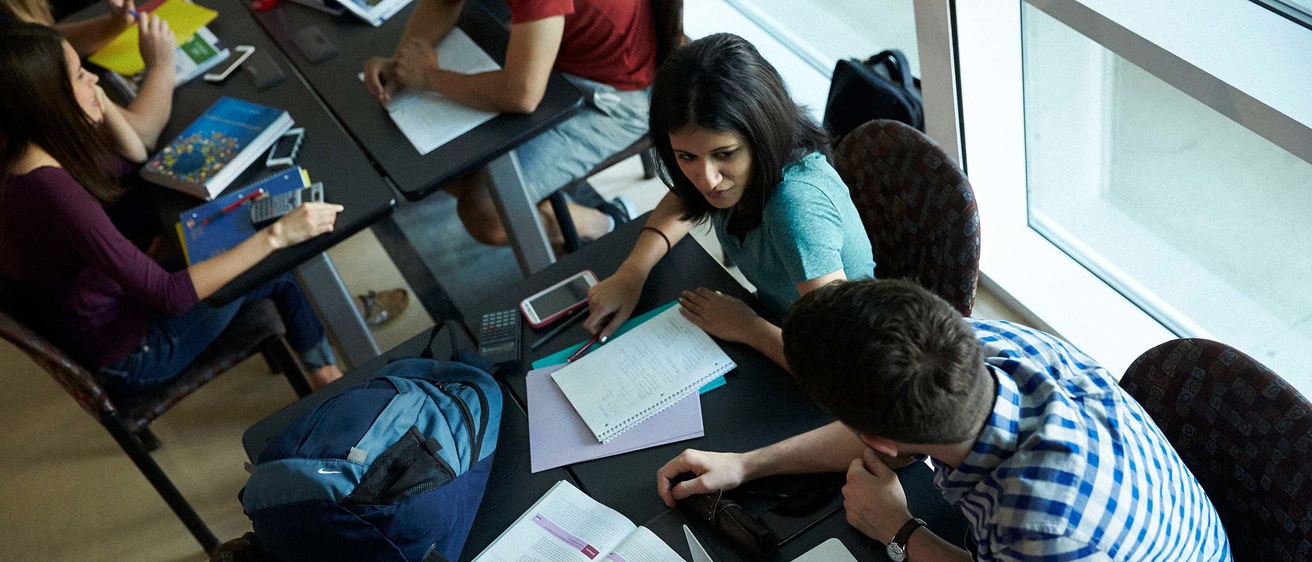Main navigation
Flipped classroom strategy
A flipped classroom is a type of blended learning where students are introduced to content at home and practice working through it at school. This is the reverse of the more common practice of introducing new content at school, then assigning homework and projects to be completed by the students independently at home.
In a flipped classroom model, students are introduced to new content outside of the classroom, typically through pre-recorded videos, readings, or online resources, which they can access at their own pace. Class time is then dedicated to interactive discussions, collaborative activities, problem-solving, and applying the knowledge gained from the pre-class materials.
The following are some major characteristics of flipped classroom teaching style.
Pre-class learning
Students engage with the instructional content before coming to class. This can involve watching video lectures, reading assigned materials, or completing online modules. The pre-class materials are designed to provide students with the foundational knowledge and understanding necessary for in-depth discussions and activities during class.
In-class activities
Class time is transformed into an interactive and collaborative learning environment. Instead of passively receiving lectures, students actively participate in discussions, work on problem-solving tasks, engage in group activities, and seek clarification on challenging concepts. The teacher acts as a facilitator, providing guidance, answering questions, and addressing any areas of confusion.
Individualized learning
The flipped classroom allows students to learn at their own pace and review materials as needed. They can pause, rewind, or rewatch video lectures to reinforce their understanding. This individualized approach accommodates different learning styles and provides flexibility to students with varied needs.
Higher-level thinking
With the basic content knowledge acquired outside of class, students can spend more time during in-person sessions engaging in critical thinking, analysis, and application of concepts. The flipped classroom model promotes deeper learning and encourages students to apply their knowledge to solve complex problems and engage in meaningful discussions.
Student-centered approach
The flipped classroom shifts the focus from the teacher as the sole source of knowledge to students taking an active role in their learning process. Students have more opportunities to collaborate, discuss ideas, and construct their own knowledge. This student-centered approach promotes engagement, autonomy, and responsibility for learning.
Benefits of a flipped classroom
Enhanced engagement
Students are actively involved in the learning process, which can improve motivation and engagement. In-class activities and discussions provide opportunities for students to interact with their peers and the teacher, fostering a sense of community and participation.
Deeper understanding
With pre-class exposure to content, students come to class with a foundation of knowledge, allowing them to delve into more complex topics and engage in higher-level thinking. This can lead to a deeper understanding and retention of the material.
Personalized learning
The flipped classroom allows students to progress at their own pace and receive individualized support. They can focus on areas where they need additional practice or review, and class time can be dedicated to addressing specific challenges and providing targeted assistance.
Improved teacher-student interaction
In a flipped classroom, teachers have more opportunities for one-on-one or small-group interactions with students. This personalized attention allows teachers to provide immediate feedback, address misconceptions, and guide students' learning effectively.
Flexibility and accessibility
The flipped classroom model can accommodate varied learning styles and schedules. Students can access pre-class materials at any time, making it more convenient for those with different commitments outside of school.
Learn more about flipped classrooms at TeachThought.
